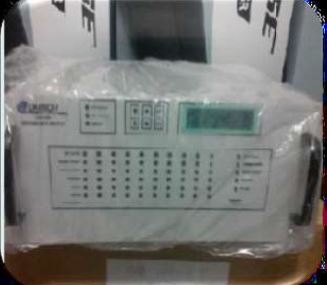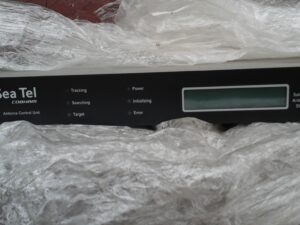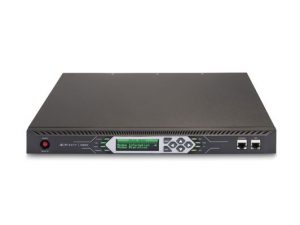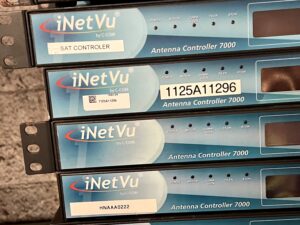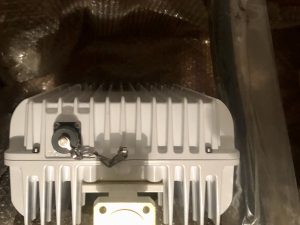Description
We have a brand new comtech CRS-300 1:10 Modem Redundancy Switch in stock with supplier.
Original Manufacturer Description:
The CRS-300 1:10 Modem Redundancy Switch provides fully automatic or manual redundancy for the following modems: CDM-570/570L, CDM-600/ 600L, CDM-625, CDM-Qx/QxL, CDM-700, CDM-710, CDM-710G and SLM-5650A. The protection system consists of a maximum of 10 traffic modems, a redundant modem, and the CRS-300 redundancy switch. Two companion (slaved) 1:10 switches are also available: the CRS-280/ 280L IF switch and the CRS-350 ESC switch. The IF switch is used
in multiple transponder applications. The CRS-350 is used for open network ESC redundancy switching.
Compatibility
The CRS-300 supports a wide range of terrestrial data interface types including: EIA-422/530, V.35, EIA-232, LVDS, G.703 (balanced or unbalanced), ASI, 10/100/1000 Ethernet and HSSI. In many cases, each traffic modem can have a different terrestrial data interface types.
Key Features
• Twin, independent AC or DC power supplies
• Passive backplane for signal path
• Non-interruption of normal traffic upon power failure
• Non-interruption of user data when other traffic modem Interface circuit cards are removed
• Data and clock provided to the redundant modem when in Bridge Mode
• Programmable holdoff times to backup or restore
• Audible alarm programmable to activate, based on various changes in status
• Provides single-point remote Monitor and Control (M&C) to switch and traffic modems
• Simplified configuration and control
• 2 line x 24 character vacuum fluorescent display
• Front panel keypad
• LED system status display showing unit and modem status, online/offline status, and bridge status
Superior Functionality
The configuration of each traffic modem is stored in the CRS-300 controller. This information is used to program the redundant modem if the traffic modem fails. The modem information is copied to the controller through a serial cable. The CRS-300 also controls the traffic and redundant modem IF output. All modem outputs are ON if the CRS-280 or CRS-280L IF switch is used in the system. The downlink path through the CRS-280/ CRS-280L is completely passive. External monitor and control may be connected to the CRS-230 controller board. The CRS-300 and each traffic modem may be monitored or controlled through this remote serial interface.
The data and clock signals to and from a traffic modem are routed through a Traffic Modem Interface (TMI) via a set of relays. This allows the data signals to pass directly through to the raffic modem in the event of a power failure. If the system’s power supplies are lost, or if a TMI carrying traffic is removed, no interruption of traffic occurs. The Bridge Mode may be used to verify the user data on a specific traffic modem. The redundant modem locks to the traffic modem receive IF input signal. The operator can program a delay interval for the backup modem to wait before coming online when a traffic modem failure occurs.

